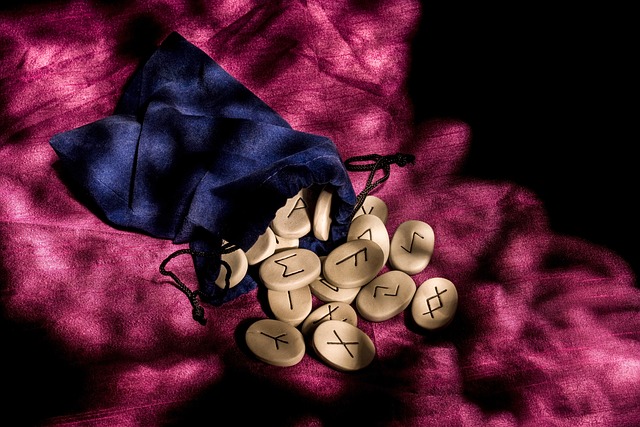
Runes remain popular at the moment and represent a large portion of all transactions on Bitcoin. Although the transaction fees miners earn on Runes have dropped slightly since the record day that represented the Bitcoin Halving.
What are Runes on Bitcoin?
Runes are a new token standard on Bitcoin, which are extremely popular to date and cover over 2/3rds of all transactions. The protocol was launched at the time of the Bitcoin halving.
Since then, more than 2.38 million Runes transactions have been processed, accounting for 68 percent of all Bitcoin transactions since April 20.
This includes normal transactions with bitcoin, but also BRC-20 tokens, Ordinals and therefore Runes.

Bitcoin is starting to look more and more like Ethereum in this way with all the protocols starting to launch. No real interesting applications have emerged yet, except for the launch of tokens and non-fungible tokens (NFTs).
In that respect, the maximalists seem to be right so far that it mainly causes pollution of the blockchain. In any case, it is not yet necessary to realize such high transaction costs for the security of Bitcoin.
Memecoins to NFTs
So Runes launched on the day of the Bitcoin halving. At that time it was extremely expensive to make transactions because many people tried to use “rare satoshis” for the Runes protocol.
Rare satoshis naturally refer to sats that arose at the time of the halving.
As a result of that madness, people with Runes sponsored about 70 percent of the transaction costs on the day of the halving. Since then, the daily rate has been between 33 and 69 percent.
The big advantage of Runes over Ordinals is that it should be possible to create tokens in a more efficient way. In theory, this should also save some block space and Ordinals may lose popularity as a result.
Source: https://bitcoinmagazine.nl/nieuws/68-van-alle-transacties-op-bitcoin-zijn-runes


